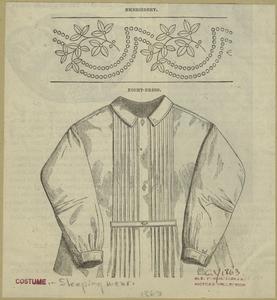Crafty Inspirations
Before I started crafting, I frequently visited craft shows to marvel at things that I thought I could never create. Fast forward years later, I am actually making and selling handmade soaps in my etsy shop Nordea Soaperie!
I always wonder what drives a person to choose their craft, and what inspires them to create on a daily basis. I know that I am inspired by my love of food...as strange as that sounds. I LOVE food, and I love to cook. Making soap is simply following a recipe, and I am always thinking of different ways to incorporate food and beverages into my soaping projects. Many of my more popular soaps include fruit purees or liquids like aloe juice and beer.
I asked another member of the EtsyNY team what inspired their crafty creations, and Alison from Koto Designs gave me the following answer:
"I would say that I'm inspired by what I encounter in my day-to-day life. I always have an eye out for anything with a simple geometry that would translate well into embroidery. For example, my brother is a huge bike fanatic and for his birthday I made him a card featuring his super customized bike. I made another (more generic) version for my etsy shop for all the bike lovers out there."
To see the beautiful work from many more members of the EtsyNY team, make sure you come to the annual Holiday Handmade Cavalcade which will be a two-day event kicking off the Holiday shopping season! This show will feature artisans from all over the tri-state area. Don't forget to mark your calendars, December 1 & 2 in Brooklyn, NY....Hope to see you there!
-Nordea






































